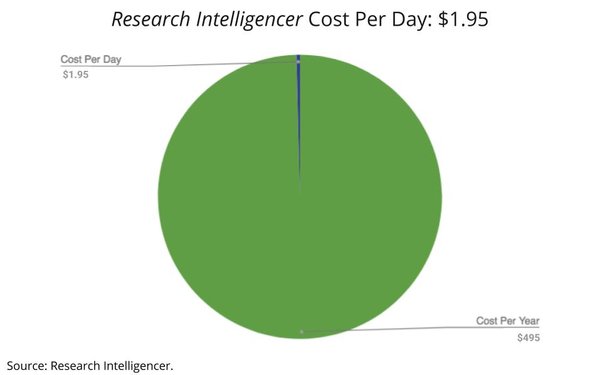
Hope you’ve been enjoying your free
Research Intelligencer trial. We’ve been enjoying publishing it. As you can probably tell by now, our main focus is on uncovering the best research, data and analysis explaining the
values exchanged in advertising, media and marketing.
Sometimes we do that by simply reporting on …
Reminder: You are seeing this premium content because you are a subscriber to MediaPost's Research Intelligencer and/or a member of the Center for Marketing & Media Research. This content cannot be viewed by non-subscribers/non-members.